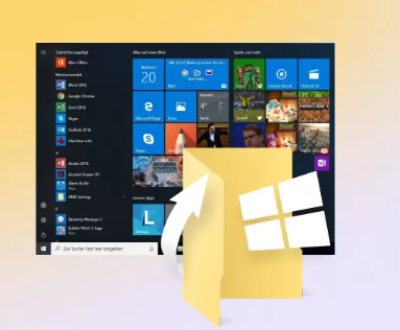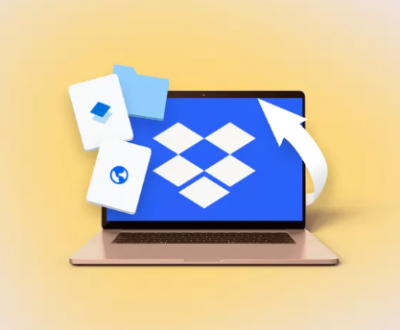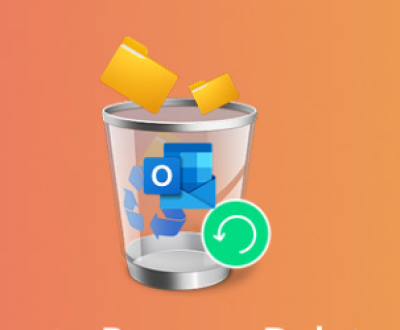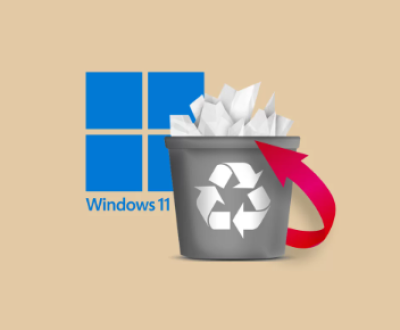Reformatting a Seagate external hard drive can help resolve issues, clear old data, and prepare it for new use.
1. Why You Might Need to Reformat
Reformatting can be necessary for several reasons:
Changing File Systems: Different operating systems require different file systems (e.g., NTFS for Windows, HFS+ for Mac).
Clearing Data: If you need to erase all files for privacy or to repurpose the drive.
Resolving Errors: Fixing corruption or errors that prevent proper use.

2. Preparing to Reformat
Before proceeding, follow these preparation steps:
Backup Important Data: Reformatting erases everything on the drive. Ensure you back up any essential files.
Check for Errors: If your drive is malfunctioning, consider running diagnostic tools to identify any underlying issues.
3. Tools You’ll Need
A computer (Windows or Mac).
Your Seagate external hard drive.
Backup storage, if needed.
4. Connecting Your Seagate External Hard Drive
Plug In the Drive: Use a USB cable to connect the Seagate drive to your computer.
Verify Connection: Ensure the drive is recognized by the system. You can usually see it in “This PC” (Windows) or “Finder” (Mac).
5. Formatting on Windows
Step 1: Access Disk Management
Open Disk Management:
Right-click on the Start button.
Select “Disk Management.”
Step 2: Identify Your Drive
In the Disk Management window, locate your Seagate external hard drive.
It may be listed as “Removable” or “External” with its corresponding size.
Step 3: Format the Drive
Right-click on the Drive: Choose the Seagate drive.
Select “Format.”
Choose File System:
NTFS (best for Windows).
exFAT (compatible with both Windows and Mac).
FAT32 (for compatibility with older devices).
Enter Volume Label: Give your drive a name.
Uncheck Quick Format (if you want a thorough format).
Click “OK” to begin formatting.
Step 4: Complete the Process
Wait for the format to finish. It may take several minutes, depending on the drive’s size.
Once completed, safely eject the drive.
6. Formatting on Mac
Step 1: Open Disk Utility
Access Disk Utility:
Go to “Applications.”
Select “Utilities.”
Click on “Disk Utility.”
Step 2: Find Your Drive
In Disk Utility, locate your Seagate external hard drive in the sidebar.
Step 3: Erase the Drive
Select the Drive: Click on the drive.
Click the “Erase” button at the top.
Choose Format:
Mac OS Extended (Journaled) for Mac-only use.
exFAT for cross-platform compatibility.
APFS for newer macOS versions.
Name the Drive: Enter a name for your drive.
Click “Erase” to begin formatting.
Step 4: Finalize the Process
Wait for the format to finish. This may also take some time.
Once done, safely eject the drive.
7. After Reformatting
Reconnect the Drive: Check if the drive is accessible.
Restore Data: If needed, transfer your backed-up data back onto the drive.
Run Diagnostic Checks: Ensure the drive is functioning correctly.
8. Troubleshooting Common Issues
Drive Not Recognized: Check the USB connection or try a different port.
Formatting Errors: Ensure the drive isn’t write-protected or corrupted.
Slow Performance: Consider a full format instead of quick if issues persist.
9. Tips for Maintaining Your Seagate Drive
Regular Backups: Keep backups of important files to avoid data loss.
Safely Eject: Always eject the drive properly to prevent corruption.
Keep it Clean: Regularly check for errors using built-in tools.
Reformatting your Seagate external hard drive is a straightforward process that can help maintain its performance and prepare it for new tasks. Whether you’re switching file systems or clearing old data, following these detailed steps will ensure a smooth experience. Remember to always back up your data and handle your drive with care to prolong its lifespan.
About us and this blog
Panda Assistant is built on the latest data recovery algorithms, ensuring that no file is too damaged, too lost, or too corrupted to be recovered.
Request a free quote
We believe that data recovery shouldn’t be a daunting task. That’s why we’ve designed Panda Assistant to be as easy to use as it is powerful. With a few clicks, you can initiate a scan, preview recoverable files, and restore your data all within a matter of minutes.

 Try lt Free
Try lt Free Recovery success rate of up to
Recovery success rate of up to









